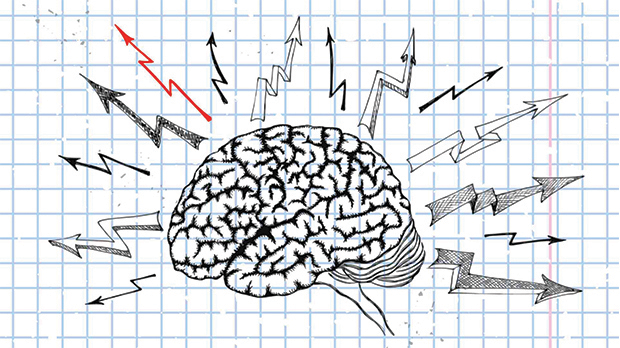NOVA’s Favorite Science Education Stories of 2015

Image Credit: iStock
In 2015, new technology gave researchers a better understanding of how students learn. Myths, such as the existence of so-called “math people,” were shattered, and new research provided additional support for current theories about how we learn. As the year wraps up, the NOVA team shares our favorite conversation starters from 2015.
Good news: it turns out the world isn’t divided into “math people” and “non-math people.” New research shows that how we perceive our ability to do math strongly influences our academic performance. Researchers have repeatedly shown that small interventions to change attitudes towards math can improve performance.
Imagine trying to teach baseball to a student by making them memorize every single rule, play, and statistic. Think they’ll actually be able to hit a home run? Probably not. Think they’ll return to class? Definitely not. If we don’t expect this method to work, how do we expect to teach science the same way? The Next Generation Science Standards aim to excite students in science by letting them do the science. This new approach puts the emphasis on a higher level of understanding and could be the key to engaging students in STEM careers.
Image Credit: iStock
3. Biological Evidence for Mindset Theory
Previous research has shown that a positive mindset increases confidence in students. However, new research shows that students with a positive growth mindset may also have more efficient brain activity when it comes to thinking about math.
4. Will “Every Student Succeed”?
In December, Obama signed the bipartisan bill replacing the unpopular “No Child Left Behind” federal education law. While the goals for education remain the same: “high standards, accountability, and closing the achievement gap”, the high stakes associated have been removed. States will now be more responsible for evaluating schools and deciding how to fix them.
This year, the Global Teacher Prize, the equivalent of the Nobel Prize for education, was awarded to a teacher in NOVA’s own backyard. Nancie Atwell of Edgecomb, ME founded her own school in 1990 with the goal of teaching teachers as well as students. Her motto is “Let kids have choices.” She believes that this allows students to invest in their learning.
Image Credit: Kamran Jebreili/AP
6. Not All Mistakes Are Created Equal
In a world where perfection is sought after, we often forget that mistakes can be a great tool for learning. Appreciating mistakes allows students to take risks in the classroom and grow from their experiences. And it turns out not all mistakes are created equal.
Lev Fruchter, a computer science teacher in New York, has designed of a new way to teach computer science, through story telling. By incorporating literature into STEM learning he makes STEM more accessible to students and vice versa.
Image Credit: Nikki Smetters/Storycode
8. Does it Pay to Pay Teachers?
Although teachers are often regarded as modern-day superheroes, we don’t pay them as if they were. With the recent drop in salaries, it’s no surprise that we’re seeing many teachers leaving and few entering the field. Some teachers argue that the solution is to pay based on performance, while others strongly oppose the idea.
Image Credit: iStock
Adolescence is marked by a flurry of change, from shifts in hormones, to sleeping cycles, to new social roles. As a result, adolescents begin to see the world very differently. New research suggests that adolescents take risks in order to gain admiration from their peers. If educators can harness this desire they may be able to motivate students to fall in love with learning.
Although this may not be a “favorite” story of the year, it’s definitely one to be remembered. Ahmed Mohamed, a fourteen-year-old student in Irving, Texas was arrested for bringing what a teacher thought was a bomb to school. It was a homemade clock. In response, leaders like President Obama, former Secretary Hillary Clinton, and the CEO of Facebook, Mark Zuckerberg all rose to #StandWithAhmed and encourage innovation in students.
Have any other favorite science education stories from this past year? Share with us at NOVAeducation@WGBH.org or in the comments below!